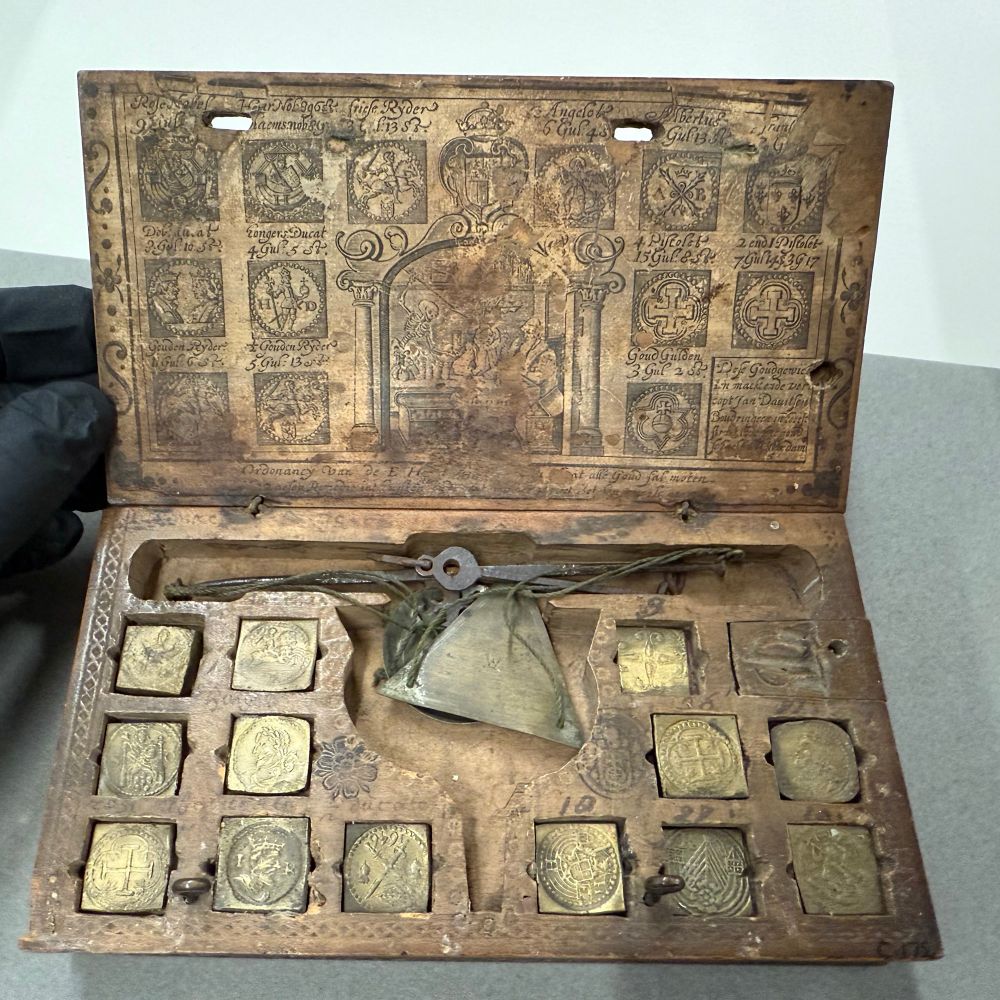Cameron Maclean
@cmaclean.bsky.social
1.6K followers
740 following
300 posts
SGSAH PhD student at the University of Glasgow researching Scottish, English and British coins. Details: https://www.gla.ac.uk/pgrs/cameronmaclean/
Posts
Media
Videos
Starter Packs
Pinned
Cameron Maclean
@cmaclean.bsky.social
· Sep 8
Cameron Maclean
@cmaclean.bsky.social
· Sep 6
Reposted by Cameron Maclean
Cameron Maclean
@cmaclean.bsky.social
· Aug 31





















